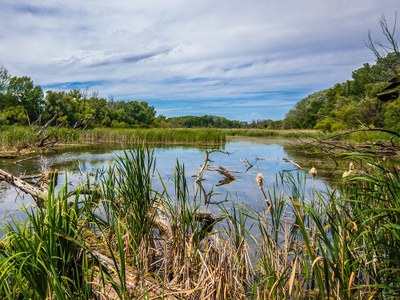Carbon flow through inland and coastal waterways, implications for climate
 APRIL 05, 2022, By Patricia Craig
APRIL 05, 2022, By Patricia Craig
Photo credit: Credit: Pixabay. All Rights Reserved.
UNIVERSITY PARK, Pa. — Terrestrial and marine ecosystems have a powerful influence on the Earth’s climate by regulating the level of atmospheric carbon dioxide. A recent study found that the flows of carbon through the complex network of water bodies that connect land and ocean has often been overlooked and that ignoring these flows overestimates the carbon storage in terrestrial ecosystems and underestimates sedimentary and oceanic carbon storage.
Carbon storage by the ocean and by land is usually quantified separately and does not fully consider the land-to-ocean transport of carbon through inland waters, estuaries, tidal wetlands and continental shelf waters — referred to as the land-to-ocean aquatic continuum or LOAC. In a detailed analysis of the LOAC, researchers from Belgium, the United States and France provide a perspective on the global carbon cycle and identify key knowledge gaps that have significant implications for enforcing the carbon calculations that are part of international climate accords. They reported their findings in the March 17 issue of Nature.
“There are scientists who develop terrestrial models and scientists who develop marine models, and the continuum between them is poorly represented in global earth system models,” said Raymond Najjar, professor of oceanography at Penn State and co-author on the paper. “There are different communities of scientists studying land and ocean. Our assessment indicates that more attention needs to be paid to the LOAC, and that our models need to better represent it.”
